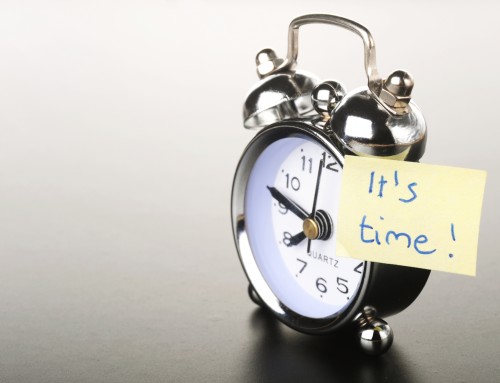Showing appreciation
 About two years ago a report by The Australia Institute suggested that Australians were ‘donating’ more than $110 billion in unpaid overtime each year. This is a staggering amount of money, which translates to a staggering amount of unpaid extra hours worked. And if this work were reallocated to the unemployed, it would likely result in a zero unemployment rate.
About two years ago a report by The Australia Institute suggested that Australians were ‘donating’ more than $110 billion in unpaid overtime each year. This is a staggering amount of money, which translates to a staggering amount of unpaid extra hours worked. And if this work were reallocated to the unemployed, it would likely result in a zero unemployment rate.
While we should all try and ensure that our team’s (and our own) work/life balance is healthy, we’ve all been in situations where doing a little extra unpaid work is unavoidable. All it takes is for one person to move a deadline, or for something to not go to plan, for you to have to do more than you had planned (or are paid for).
I was thinking about this study when I read an article on Appreciation by Will Lukang. According to Will, 39% of employees feel underappreciated at work, with 77% of those saying that they would work harder if they felt their efforts were appreciated and recognised. In a climate where we are constantly being asked to do more with less, we must not lose the ability to appreciate the efforts of our people. In fact, in these challenging times we need to become much better at recognising the efforts and support of our most valuable resource – our people.
The article describes five ways in which we can show our appreciation – words of affirmation, spending quality time with individuals, showing your appreciating through an act of service, giving gifts, and through ‘physical touch’ (probably not a great idea).
So how can we show our appreciation? While gifts and praise can be important and do have a part to play in a total reward and recognition scheme, I don’t believe that they are the most effective way of showing our appreciation. In previous posts I have talked a lot about the importance of listening to, conversing with and getting to know the individuals within our teams. It is only when we really get know each individual in our team do we really get to know what is important to them. Then I can choose the most appropriate tool to use to express my appreciation when they go above and beyond or give that little extra time when I needed it.
Our teams need to know that they are appreciated every minute of every day in order for us to work to the best of our ability and deliver on the do more with less strategy. This means we, as leaders, must get to know our people and know what makes each individual feel appreciated and valued. So go ahead – get to know your team and show them that you really do value and appreciate them.
Happy leading!





